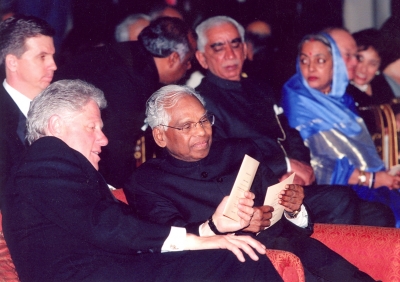What made Dr. A.P.J. Abdul Kalam unique among other Presidents of India?

Dr. A.P.J. Abdul Kalam was a prominent Indian scientist who served as the 11th President of India from 2002 to 2007. He was the first scientist and the first bachelor to become the President of India.
Dr. Kalam is also known as people’s President and the ‘missile man of India’. He played a pivotal role in the nation’s civilian space programme and military missile development. He was a great scientist and science administrator, mainly at the Defence Research and Development Organization Space Research Organization (ISRO).
In the 1970s, he began making efforts to develop the Polar Satellite Launch Vehicle (PSLV), which was first launched on 20th September, 1993. In the late 10990s, he played a major role in conducting the Pokhran-II, a series of five nuclear bomb test explosions at the Indian Army’s Pokhran Test Range in May 1998.
He was a recipient of several awards, including the Bharat Ratna, India’s highest civilian honour. He died, apparently from a cardiac arrest, on 27th July, 2015.
Picture Credit : Google













